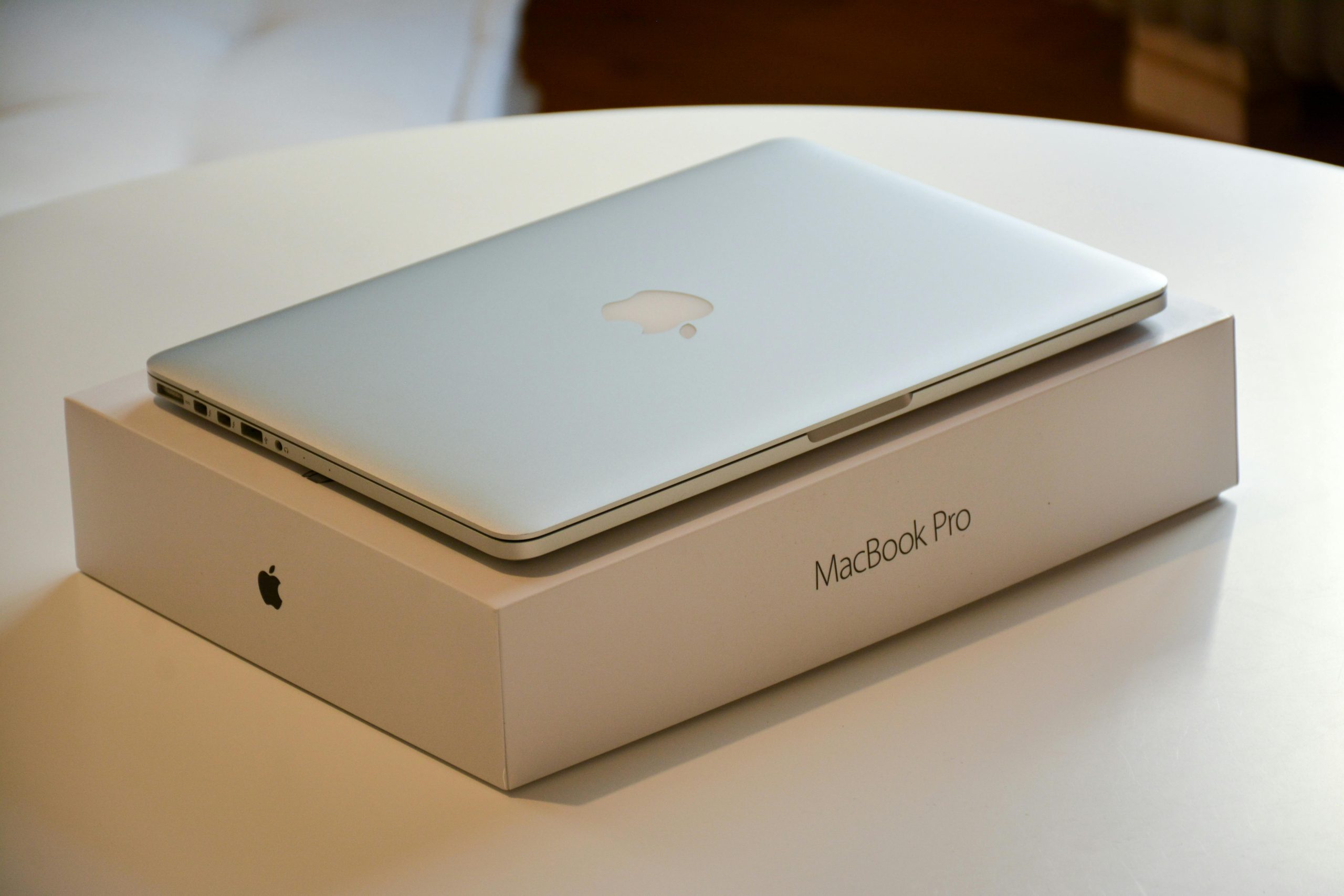Ensuring Proper Ubuntu Boot and Data Migration When Cloning to New Hardware
Migrating an existing Ubuntu installation to new hardware can be a complex process, especially when dealing with older systems and attempting to preserve user data and preferences. In this article, we will explore common challenges and practical solutions for successfully moving an Ubuntu environment onto a new machine, with a focus on maintaining system stability and data integrity.
Case Study Overview
Consider a scenario where an individual is tasked with transferring an Ubuntu 18.10 setup from an older Lenovo Ideapad 320-17IKB (with a 128GB SSD) to a new HP 17-cp2760ng laptop equipped with a 512GB drive. The goal is to replicate the existing environment without the need for extensive reconfiguration, ensuring it remains accessible and functional for users unfamiliar with advanced system procedures.
Initial Cloning Attempts and Challenges
The initial approach involved copying the entire data from the old SSD to the new disk using the ‘dd’ utility, a low-level disk imaging tool. While this method copies raw data, it often doesn’t handle bootloader configurations adequately, resulting in boot failures such as:
- The GRUB bootloader failing to load, leaving the system unable to start.
- The Windows Boot Manager (WBM) remaining active, complicating boot processes on dual-boot setups.
- Ubuntu failing to load correctly, displaying a black screen with a blinking cursor or a frozen prompt.
Further troubleshooting involved creating bootable USB installers with Ubuntu 18.10, attempting to repair or reinstall GRUB, and wiping the disk clean before reinstalling. Despite these efforts, issues persisted — particularly with the system not booting or displaying black screens during startup.
Troubleshooting Strategies and Solutions
To resolve such issues, consider implementing the following strategies:
- Check Hardware Compatibility:
- Older Ubuntu versions like 18.10 might have limited support for newer hardware components in the new laptop.
-
Verify that the system recognizes all hardware and that drivers are available.
-
Proper Installation of GRUB Bootloader:
- Use a live Ubuntu USB to boot into a ‘Try Ubuntu’ environment.
- Ensure the disk is correctly partitioned, and the EFI/boot partitions are properly configured.
- Reinstall or repair the GRUB bootloader with commands like:
“`
sudo mount /dev/sdXn /mnt
sudo mount –bind /dev /mnt/dev
sudo mount —
Share this content:



